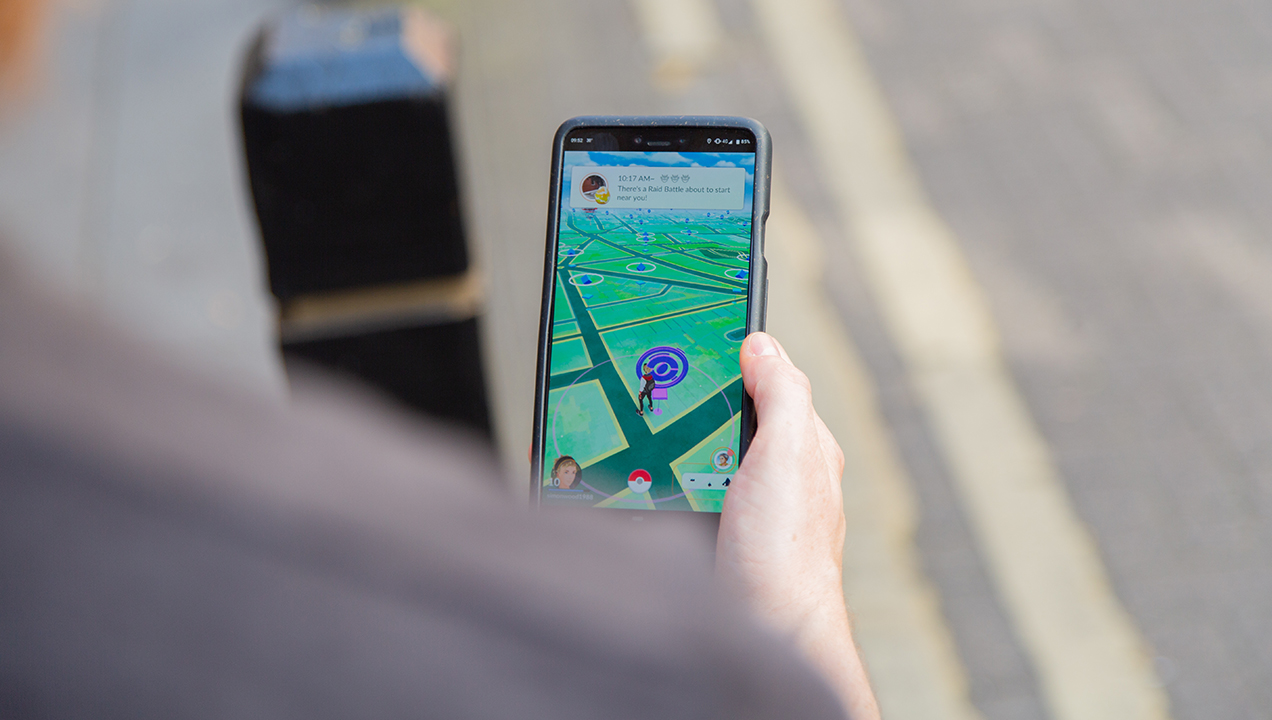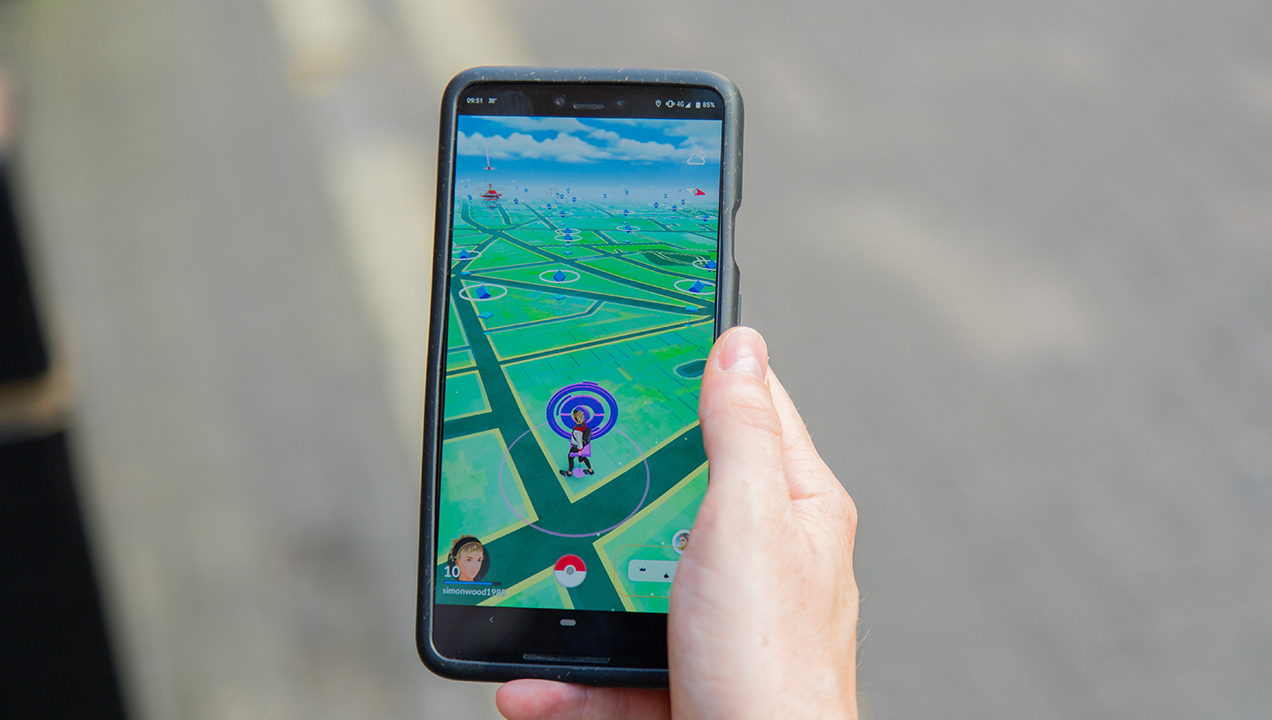Pokémon Go: More Than Monsters
When Pokémon Go first launched back in 2016, we were just as giddy about getting out there and capturing our very own pocket monsters as everyone else – we even wrote a pretty glowing review back then – but for all the excitement that surrounded the game at launch, technology like this is no longer a product to be consumed but a service, so to get a good look at the successes and failures of Pokémon Go, we really need to examine how it works today.

At launch, the game was a roaring success, attracting massive attention and downloads numbering more than 500 million by the end of its first year. It was one of the most used and most profitable mobile apps of 2016 using a freemium economy and it was widely acclaimed for promoting physical activity among gamers and increasing foot traffic to local businesses.
On the other hand, it was a technical failure in many respects. The fundamental mechanics of tracking the location of capturable monsters was broken at launch, with users relying primarily on luck and purchasable in-game products to secure the rarer offerings. The GPS mapping was imported directly from a previous game, and the placement of different monster types, which was meant to be based on the surrounding area, was almost entirely randomized as a result. Except in a few particularly awkward places, such as the Holocaust Museum where there was an abundance of “Ghost” type Pokémon. On top of that, the app burned rapidly through data allowances, was a massive battery drain and stopped functioning if the screen was turned off, resulting in an unintended limitation to the amount of hiking that the game could encourage users to do.
Despite these flaws and the limitations of the game, Pokémon Go continued to attract new users with an ever-expanding roster of creatures, new customization features and the addition of Pokémon Go Plus. A wearable Bluetooth watch released late in 2016 that allowed users to capture monsters and claim rewards when they visited landmarks without the requirement for the mobile device to always be on.

The modern version of the game still hosts a devoted fanbase, and draws in a regular crop of new players that maintains the number of active users even as some drift away from it. Many of the minor technical difficulties of the game’s early days have been resolved as the infrastructure behind it has improved and become more specialized to suit the specific challenges of hosting a global AR game, and some of the fine details have been tweaked to make for a more enjoyable experience. The biggest focus for the new development seems to have been in the social aspect of the game. The developers recognized that users were grouping together and began designing their new content with that in mind, with group battles against particularly rare monsters and a chance to capture them becoming one of the new core mechanics of the game. That social aspect is amplified with “community days” where the usual crop of monsters is replaced with a single unusual type, encouraging all of the irregular players to get out on that day and drastically increasing their odds of bumping into other players and forming real-world connections.
The perennial popularity of the Pokémon brand was definitely one of the contributing factors to the game’s success, with an inbuilt market that had always desired a game like this, but even among demographics with no exposure to Pokémon, Go was a success.
Augmented Reality itself was a sufficient draw for these users, even though the AR offerings of Pokémon Go were limited to a purely aesthetic optional mode during “capture” sequences and the GPS positioning of certain in-game landmarks. Novelty was certainly a factor, as this remains one of the only success stories in AR gaming, but that does not explain the longevity of the game beyond the initial period of excitement. Instead, it is reasonable to assume that the ongoing success of Pokémon Go is fuelled by the public’s growing desire for more AR and the success in integrating the social aspects of reality with the game.
